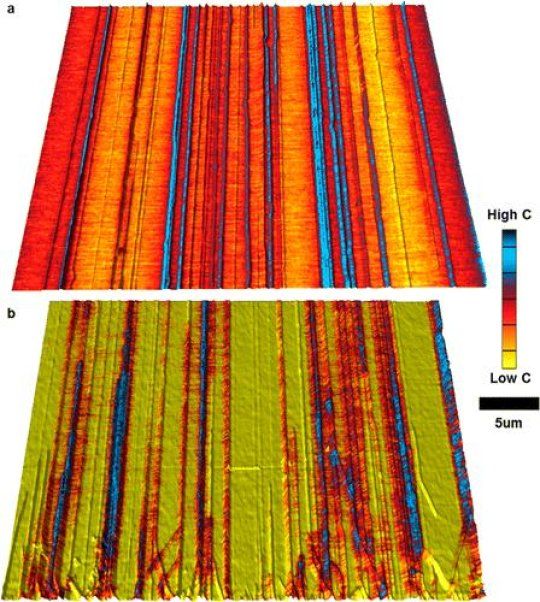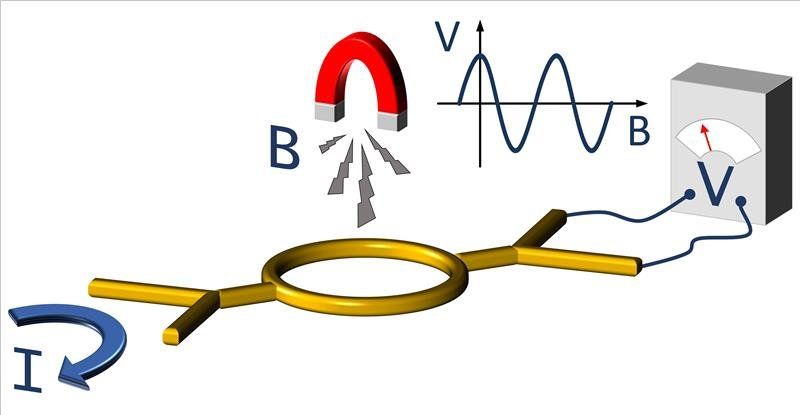Engineers working for the Oreint company and a Right to Die campaign in Japan have recently built and designed the SeppuKuma to help those who wan’t to commit suicide but lack the means to do so. SeppuKuma is equipped with 23 options for assisted suicide and has the strength to crush human bone.
Sharing my recent posting that I did on Linkedin Pulse. I will admit that I purposely delayed this article in concerns of creating a panic; however, with the progress that has been occuring across the globe and in some cases accelerated the maturity of this technology; I believe it is time for governments, industries, etc. to start thinking about their own broader strategic plans around Quantum as well as how they will address any impacts.
Quantum Computing is making great progress in so many areas such as chips, network/ Internet, etc. each month. And, many industries such as financials, telecom, tech, and public sector namely defense and space, etc. have made big investments in this technology as well as have developed some interesting partnerships such as Wall Street. Everything looks so promising and exciting for our future when we look at the various ways how Quantum Computing can change our lives around AI, improving the medical technologies, how we interact with devices (wearables, VR, etc.), and even how we travel will advance through this technology. The future looks extremely rosy and bright; right?.
I believe it can be with Quantum; however, in every major shift/ disruption in technology, there is always a transformation progression that has to naturally occur thru stages. And, Quantum is no different; however, the disruption that Quantum will bring is going to be on a much more massive scale than what we have seen in the past. The reason why is Quantum is truly going to impact and improve every area of technology not just in devices, or a platform, AI, VR, etc.; I mean everything in technology will be changed and improved by Quantum over time.
Granted this will not be like a major change overnight like we saw with the iPhone, etc. This initial change will occur over a series of years possibly over the next 7 to 10 years. As each country continues to accelerate in their own efforts to be a fully Quantumized; we need to understand where the potential risks exist and have a good plan for how we plan to address our own risks and challenges during and after this transformation.
Very interesting interview with Andy Strominger about his recent paper with Perry and Hawking.
The MMTP is testing Senolytics in an ambitious large scale mouse longevity project.
The goal of regenerative medicine is both quantity and quality whilst traditional medicine has provided quantity often at the cost of quality. Regenerative medicine proposes to reduce the frailty and decline of old age by rejuvenating the body and promoting healthy longevity. With advances in technology, research and our understanding of the aging process, this is now becoming a realistic proposition.
Some drugs already tested have been found to increase mouse lifespan such as Metformin 1,2 and Rapamycin 3.These drugs are even now moving into human clinical trials to see if the above benefits translate into people. However, there are many more promising substances that have never been properly tested and we do not know if they could extend healthy lifespan.
How fast science advances depends on how much quality research is being conducted. Currently there are few high impact studies investigating lifespan initiated each year and with so many promising substances to test this is all a painfully slow process. The Major Mouse Testing Project [MMTP] is aiming to help by rapidly testing compounds and speeding up progress.
**Spanish architect Alberto Villanueva’s Mars Utopia concept would see the planet transformed into an inhabitable environment using towers formed by bacteria**
Villanueva, who works at Idea Architecture Office, created the project while completing a masters in Environment Design at London’s Ravensbourne College. “As an architect I am worried about the overpopulation issue”. “I was studying how the most populated cities around the world are growing non-stop. At the same time I realised that at least 30 per cent of territories are in extreme environments and I wanted to understand how, with my responsibility as an architect, I could think in new ways to build in these areas,” he added.

Loving the progress around Quantum.
Today, a group of scientists — John A. Rogers, Eric Seabron, Scott MacLaren and Xu Xie from the University of Illinois at Urbana-Champaign; Slava V. Rotkin from Lehigh University; and, William L. Wilson from Harvard University — are reporting on the discovery of an important method for measuring the properties of nanotube materials using a microwave probe. Their findings have been published in ACS Nano in an article called: “Scanning Probe Microwave Reflectivity of Aligned Single-Walled Carbon Nanotubes: Imaging of Electronic Structure and Quantum Behavior at the Nanoscale.”
The researchers studied single-walled carbon nanotubes. These are 1-dimensional, wire-like nanomaterials that have electronic properties that make them excellent candidates for next generation electronics technologies. In fact, the first prototype of a nanotube computer has already been built by researchers at Stanford University. The IBM T.J. Watson Research Center is currently developing nanotube transistors for commercial use.
For this study, scientists grew a series of parallel nanotube lines, similar to the way nanotubes will be used in computer chips. Each nanotube was about 1 nanometer wide — ten times smaller than expected for use in the next generation of electronics. To explore the material’s properties, they then used microwave impedance microscopy (MIM) to image individual nanotubes.
Too cool.
Nanotechnologists at the University of Twente research institute MESA+ have discovered a new fundamental property of electrical currents in very small metal circuits. They show how electrons can spread out over the circuit like waves and cause interference effects at places where no electrical current is driven. The geometry of the circuit plays a key role in this so called nonlocal effect. The interference is a direct consequence of the quantum mechanical wave character of electrons and the specific geometry of the circuit. For designers of quantum computers, it is an effect to take account of. The results are published in the British journal Scientific Reports.
Interference is a common phenomenon in nature and occurs when one or more propagating waves interact coherently. Interference of sound, light or water waves is well known, but also the carriers of electrical current — electrons — can interfere. It shows that electrons need to be considered as waves as well, at least in nanoscale circuits at extremely low temperatures: a canonical example of the quantum mechanical wave-particle duality.
Gold ring
Wow — now, I know who to blame for my hay fever allergy.
If you want someone to thank for your immunity to a whole host of pathogens — or, someone to blame for your allergies — look no further than Neanderthals.
Humans carry three important genes that hail from two ancient, human-like species: Neanderthals and Denisovans, both of which have been extinct for tens of thousands of years.
The new finding, published Thursday in the American Journal of Human Genetics, points to a growing body of evidence of interbreeding between humans and other archaic species.
Truly a potential bummer for Car-T as a result of the risk in creating immune defiancy disease such as CRS.
A win and loss for marijuana, a big advance in Alzheimer’s disease, and the next big thing are among some of the market-moving things I expect to see happen this year.
Really nice. I may actually see the day that I can climb Everest or K2 at 100 yrs old with my cyborg body.
I like to joke that I’m technically 33 years old, but on the inside I’m 65. I’m less inclined to make that joke after spending 20 minutes or so inside Genworth’s “Aging Experience” exoskeleton. The R70i, which apparently is a barely coded reference to the fact that 70 percent of Americans will need some sort of long term care as they age, is a full body simulator that lets you experience what its like to lose your sight, hearing and even range of motion as the effects of aging creep in.







